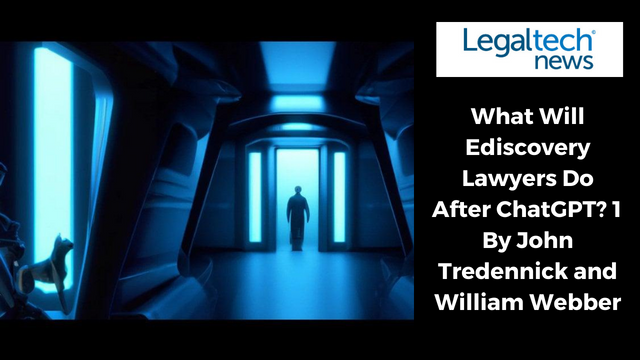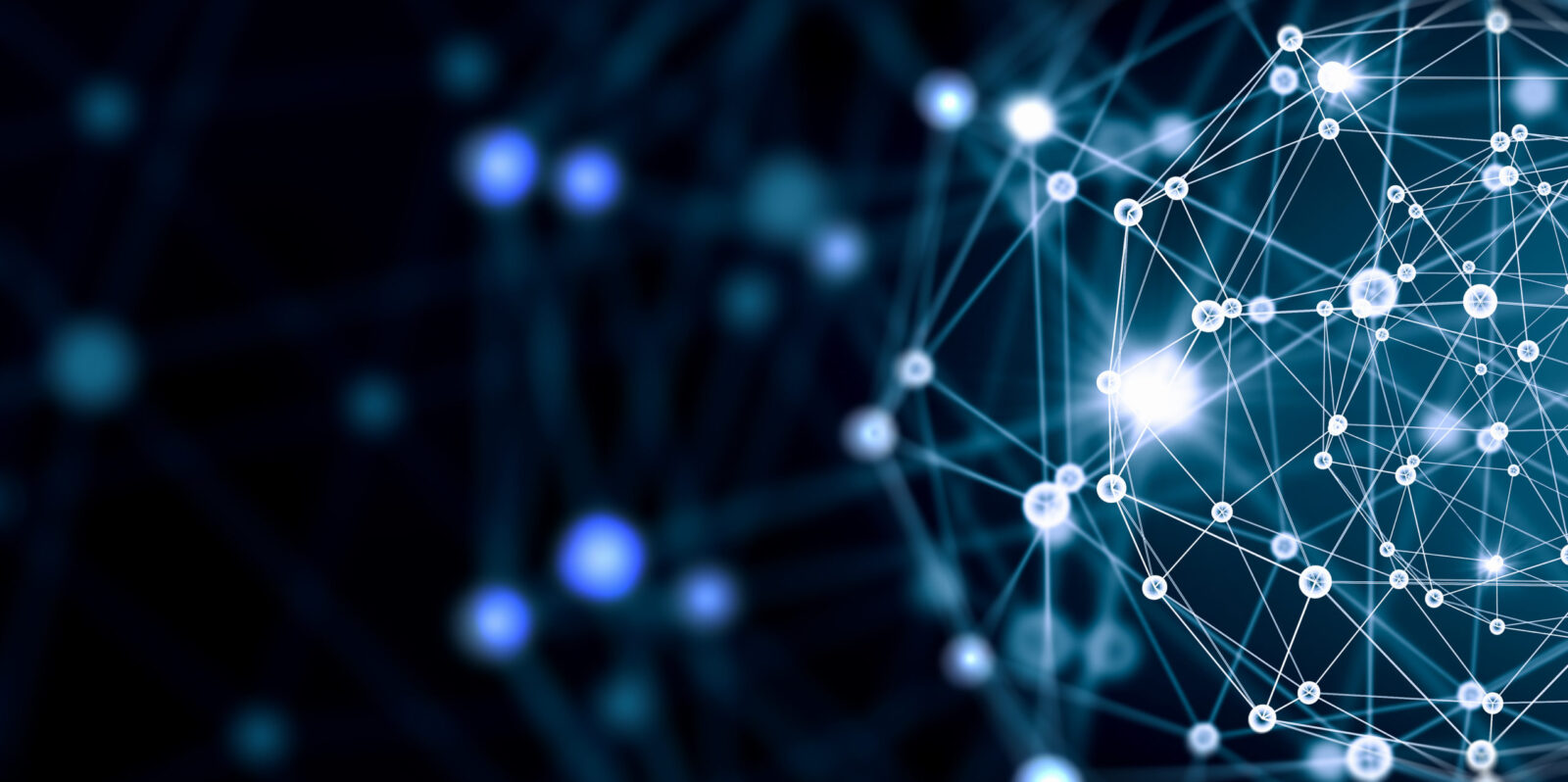
[Editor’s Note: This article first appeared in the January 25, 2023 issue of LegalTech News and law.com, a publication of American Lawyer Media, written by John Tredennick and William Webber]
Back in the ‘90s, some wag predicted that the law office of the future would consist of a lawyer, a dog and a computer.
The lawyer’s job would be to turn the computer on in the morning.
The dog’s job would be to keep the lawyer away from the computer for the rest of the day!
This prophecy doesn’t seem so far fetched after OpenAI’s release of ChatGPT, an artificial intelligence program eerily reminiscent of HAL from the classic 2001: A Space Odyssey. Spend a few minutes with ChatGPT and you quickly realize it may not even need the dog to keep the lawyer at bay.
So what is ChatGPT and why does it have ediscovery lawyers worried about their future?
We submitted each document to GPT with the following prompt:
John Tredennick and William Webster
I am going to show you a topic and then a document. Respond ‘relevant’ if the document is relevant to the topic, or may be relevant to the topic in whole or in part; or ‘irrelevant’ the document is wholly irrelevant; or ‘unsure’ if you’re unsure.
The topic is:
‘All documents concerning the extraction of water in Florida for bottling by commercial enterprises’
The document is:
<< TEXT OF DOCUMENT >>
ChatGPT is an AI tool that is capable of answering complex questions and generating a conversational response. (Indeed, It reportedly passed a Wharton MBA exam and the three-part U.S. Medical LIcensing Exam.) It generates text by iteratively predicting the most likely word or sequence of words to appear next, given the words already written. Imagine continuously hitting “TAB” on a much smarter autocomplete.
The underlying software is powered by a deep learning AI model called GPT-3 (soon to be superseded by GPT-4). It is a powerful language processing AI model trained by “reading” around 350 billion words crawled from the Web, from Wikipedia, and from book collections. The deep learning model extracts about 175 billion parameters from this data, requiring a huge amount of computational power to do it.
But don’t try this at home. Without parallelization, it would take a single state-of-the-art CPU over 300 years to learn the model. Add to that the fact that OpenAI engineers were required to provide additional training, engaging ChatGPT with prompts and telling it how good or bad the responses it provided were.
The result of all this computational and human effort is a tool that is able to generate a surprisingly high quality of text, drawing upon broad domain knowledge, with only simple prompts—perhaps to the level of a well-read if uncreative and rather verbose undergraduate student.
How Might ChatGPT Impact Ediscovery in the Next Ten Years?


